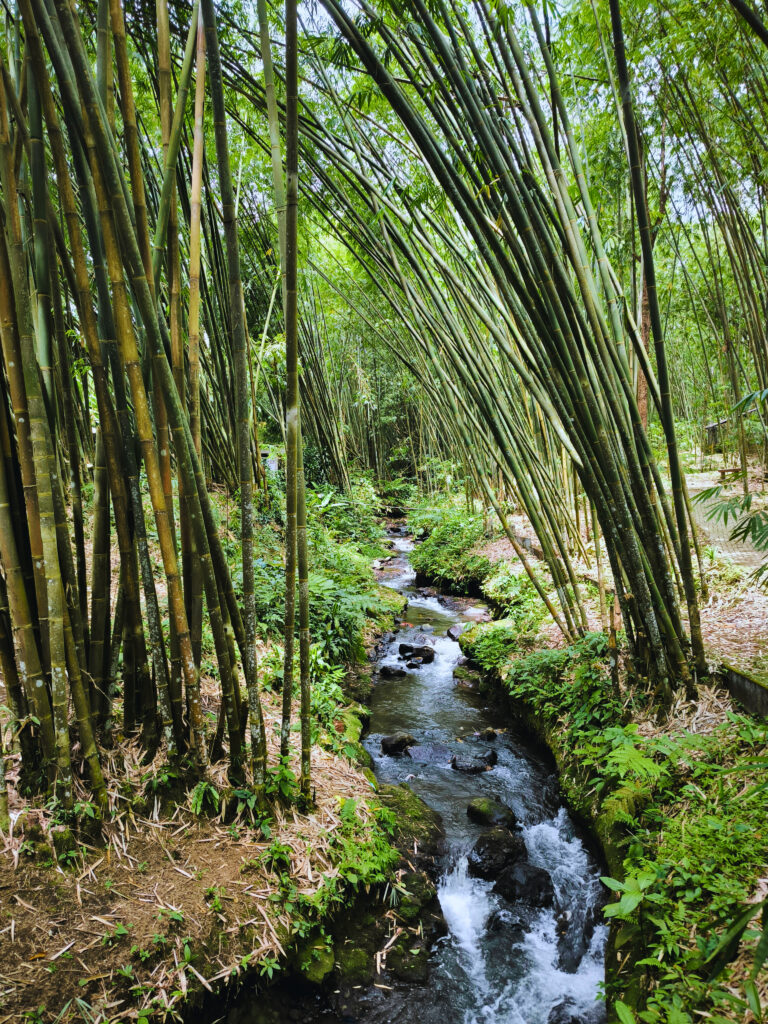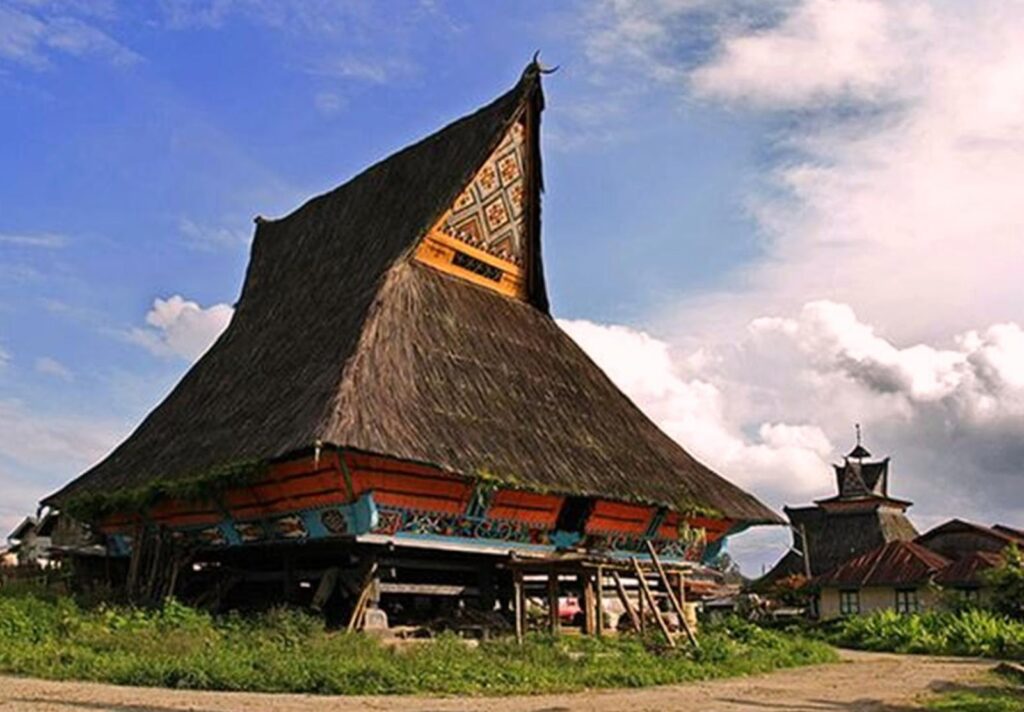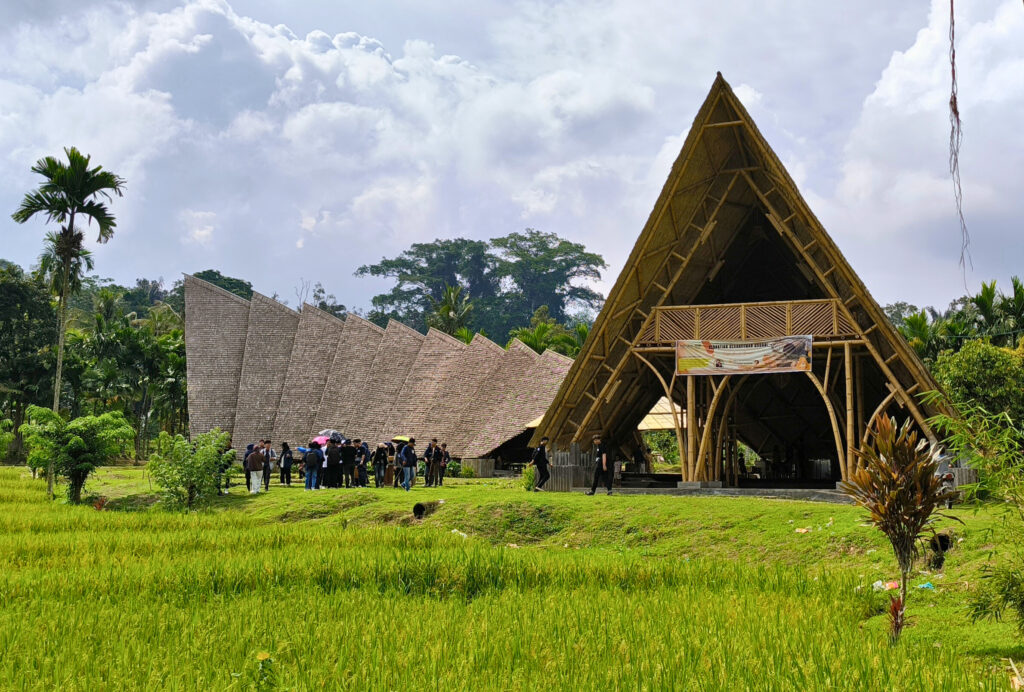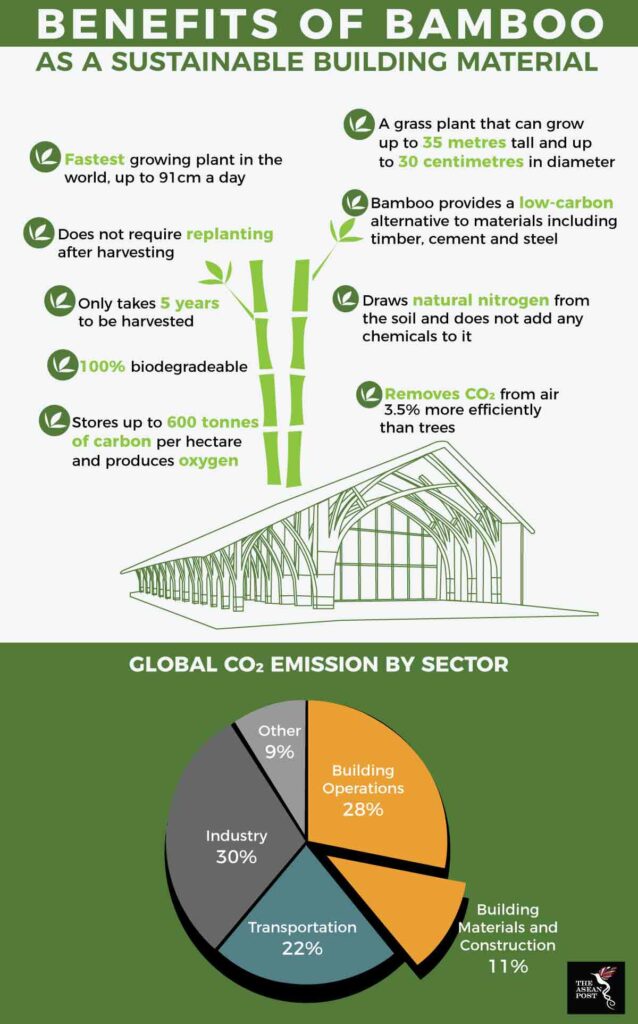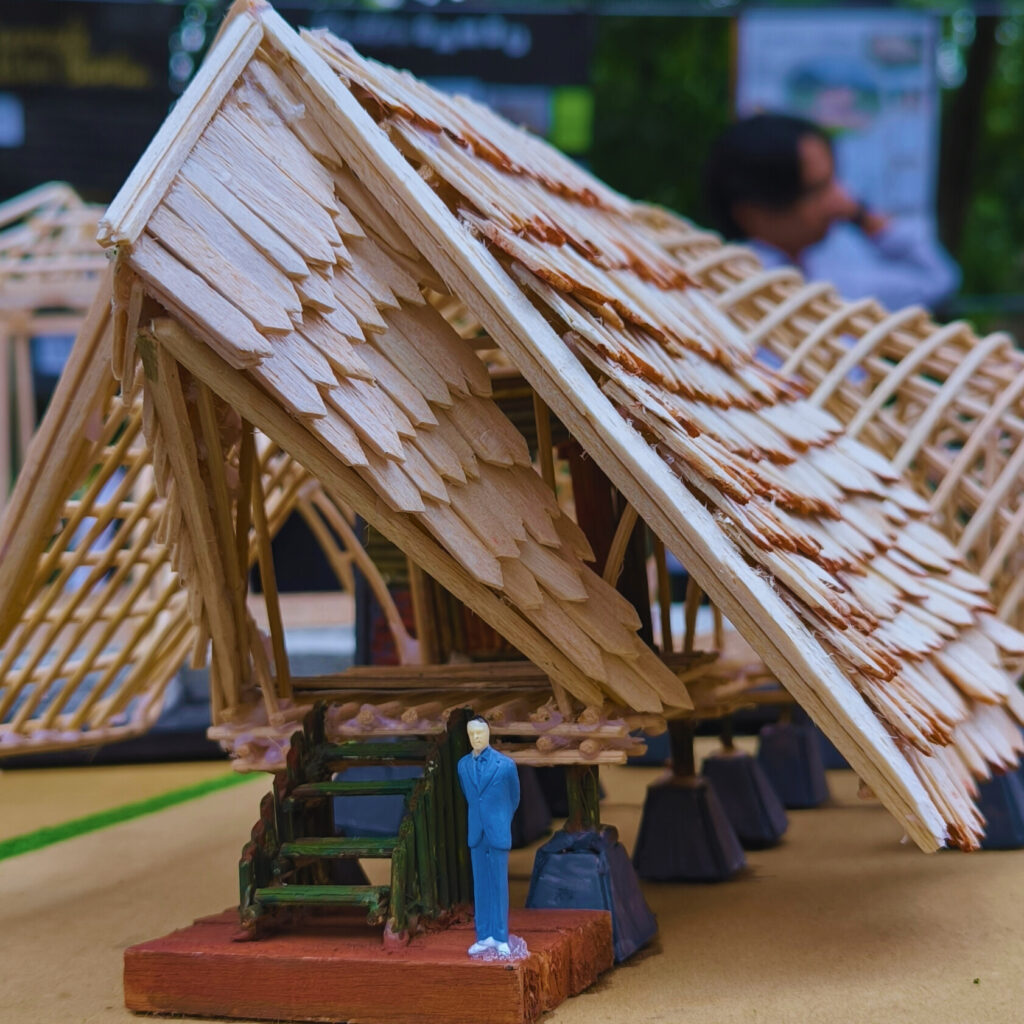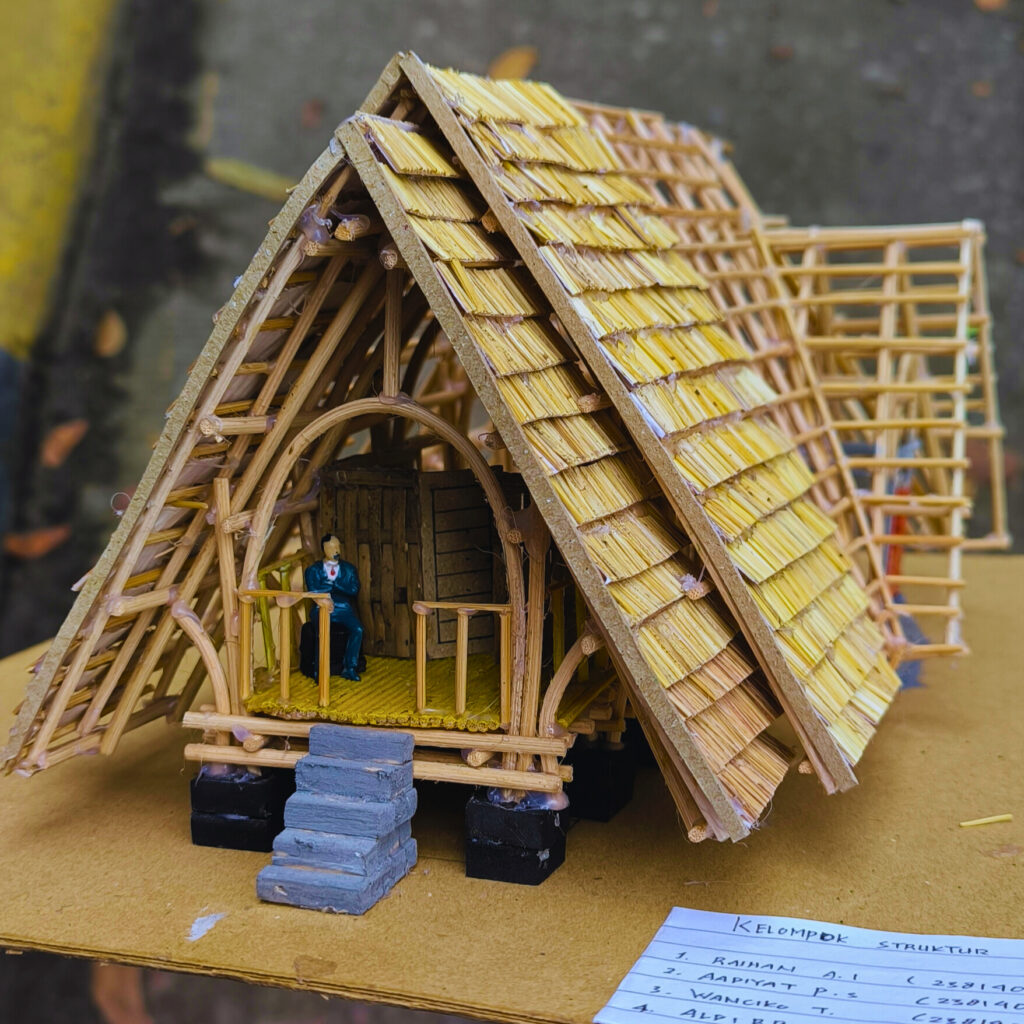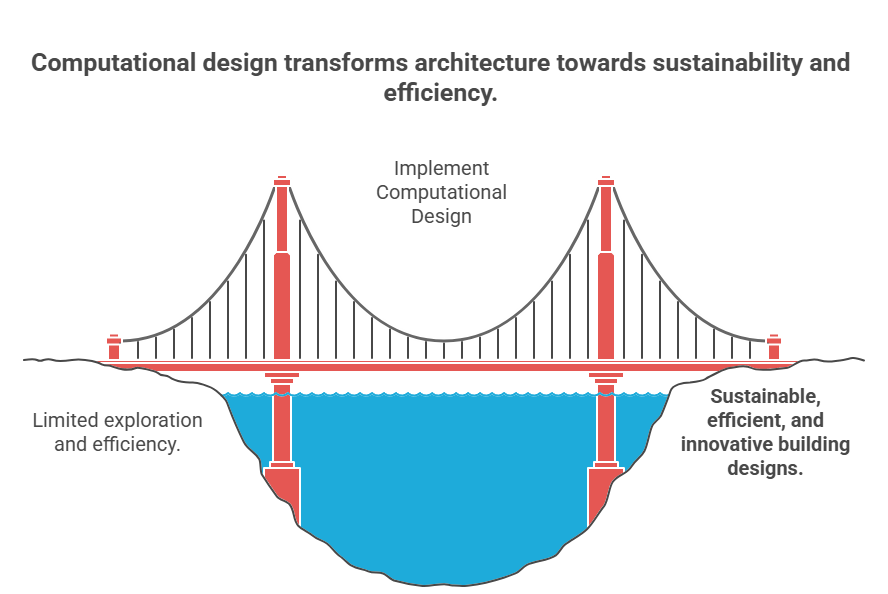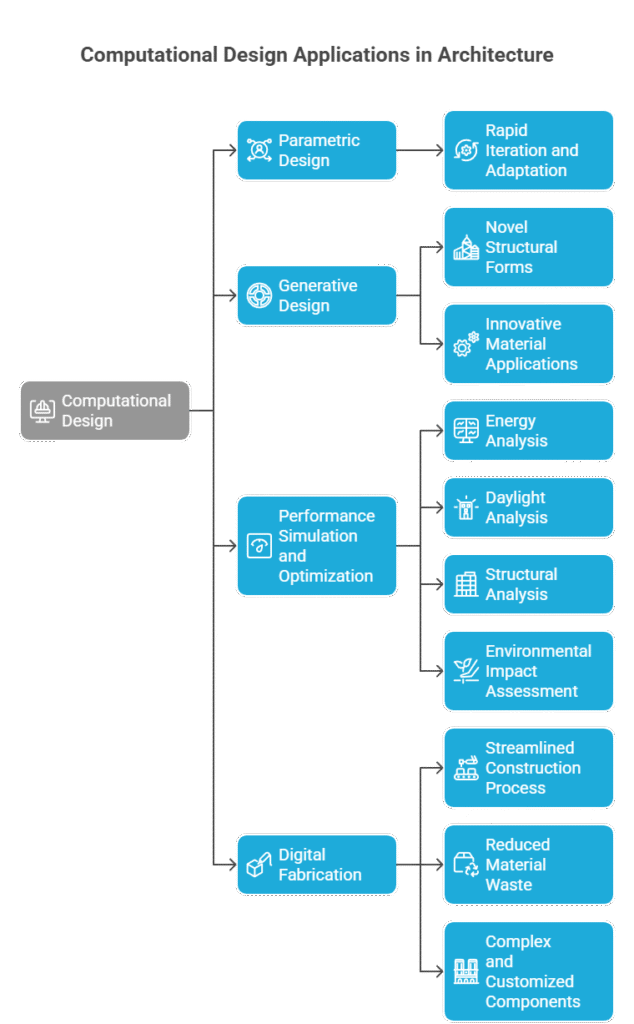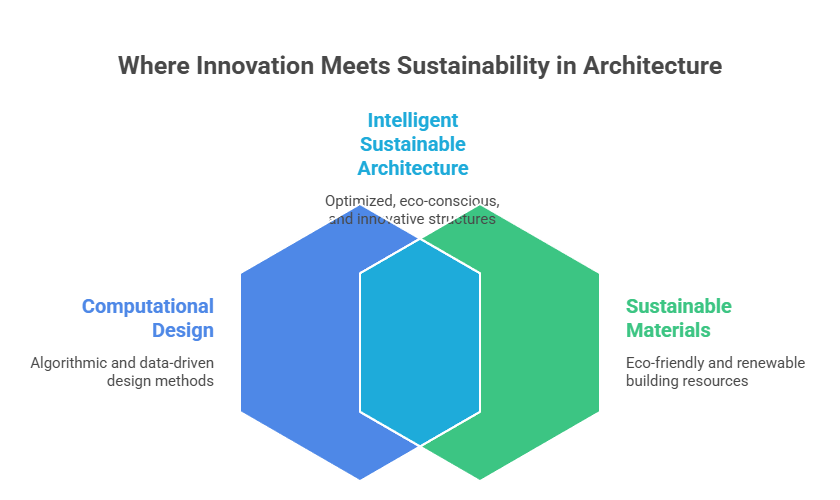Imagine walking through the lush tropical forests of North Sumatra, where towering bamboo groves sway gently in the humid breeze, their emerald culms reaching toward the canopy like nature’s own skyscrapers. These aren’t just plants – they’re living building materials that have shaped Indonesian architecture for centuries, and today, they’re quietly revolutionizing how we think about sustainable construction. In a world desperately seeking alternatives to carbon-intensive building materials, Indonesia’s bamboo forests hold secrets that could transform not just our buildings, but our entire relationship with the environment.
A Land of Bamboo Abundance: North Sumatra’s Green Gold
North Sumatra is home to an extraordinary diversity of bamboo species, each with unique characteristics that make them suitable for different architectural applications. Recent research has identified numerous bamboo species thriving in the region’s tropical climate, with the Forest Area with Special Purpose (FASP) Pondok Buluh in North Sumatra serving as a particularly rich repository of bamboo biodiversity [1]. This area showcases the remarkable variety that nature has provided, with species ranging from the robust structural varieties to the more delicate decorative types.
The tropical climate of Sumatra creates ideal growing conditions for bamboo, allowing it to flourish as a fast-growing, renewable resource that can be harvested sustainably without destroying the root system [2]. Unlike timber, which takes decades to mature, bamboo can reach full height in just a few months and be ready for construction use within 3–5 years. This rapid growth cycle makes it an incredibly sustainable alternative to traditional building materials, especially in a region where deforestation has become a pressing environmental concern.
What makes North Sumatra’s bamboo particularly special is not just its abundance, but its integration into local culture and traditional building practices. The indigenous communities of the region have developed sophisticated techniques for selecting, treating, and using different bamboo species for various construction purposes. This traditional knowledge, passed down through generations, represents a treasure trove of sustainable building wisdom that modern architecture is only beginning to rediscover and appreciate.
The Living Architecture of Traditional Sumatra
As you stroll through traditional villages in North Sumatra, you’ll come across architectural marvels that have endured, many of which incorporate bamboo as both structural and decorative elements. The traditional Karo Batak houses, for instance, showcase the remarkable versatility of bamboo in construction. These houses are constructed from natural materials, mainly wood and bamboo, using no nails, spikes or screws, but simply held together with fiber from ijuk palm, demonstrating sophisticated traditional engineering techniques [3].
The genius of traditional Sumatran architecture lies in its deep understanding of bamboo’s properties and behavior. Traditional builders knew exactly which species to use for different parts of a structure – some varieties for load-bearing elements due to their exceptional tensile strength, others for walls and partitions because of their flexibility and ease of working, and still others for decorative elements that showcase the material’s natural beauty. The houses are decorated with braided bamboo in a variety of geometric designs, demonstrating how functional construction can seamlessly blend with artistic expression [4].
These traditional building techniques represent centuries of experimentation and refinement, resulting in structures that are perfectly adapted to the tropical climate. The bamboo elements allow for natural ventilation, the flexible joints accommodate ground movement during earthquakes, and the elevated design protects against flooding during the monsoon season. This indigenous knowledge represents a sophisticated understanding of sustainable design principles that modern green building movements are striving to achieve.
Indonesia’s Bamboo Supremacy: A National Treasure
Indonesia’s position as a global bamboo powerhouse cannot be overstated. The archipelago is home to over 176 documented bamboo species, making it one of the world’s richest bamboo resources [5]. This incredible diversity spans from the massive Dendrocalamus asper (Giant Bamboo) that can reach diameters of over 20 centimeters, to delicate ornamental varieties that add grace and beauty to traditional gardens and architectural elements.
The research conducted by Elizabeth Widjaja over nearly five decades has been instrumental in documenting this remarkable biodiversity. Her work has revealed that many of Indonesia’s bamboo species are endemic, meaning they exist nowhere else on Earth [6]. This unique genetic heritage represents not just biological diversity, but a vast library of potential building materials, each with distinct properties that could be optimized for specific architectural applications.
Recent studies have shown that Indonesian bamboo species possess exceptional mechanical properties that make them ideal for construction. For instance, research on six bamboo species from Sumatra Island revealed that Betung bamboo (Dendrocalamus asper) demonstrates the highest values in terms of structural performance, making it particularly suitable for load-bearing applications in construction [7]. These findings provide scientific validation for what traditional builders have known intuitively for generations – that different bamboo species have different strengths and optimal uses in construction.
The Modern Renaissance: Bamboo Architecture Today
Today, Indonesia is experiencing a bamboo architecture renaissance that’s capturing global attention. The country has become a hub for innovative bamboo construction, with projects ranging from luxury eco-resorts in Bali to community centers in rural villages. A fascinating fusion of traditional knowledge with contemporary design techniques and engineering principles characterizes this modern movement.
One of the most exciting developments is the emergence of engineered bamboo products that expand the material’s potential applications. Indonesian researchers and manufacturers have developed laminated bamboo lumber, bamboo plywood, and other processed bamboo products that offer consistent properties and can be used in applications where traditional round bamboo might not be suitable [8]. These innovations are opening new possibilities for bamboo in modern construction, from high-rise buildings to sophisticated architectural details.
The Orangutan Haven in North Sumatra exemplifies this new wave of bamboo architecture, where contemporary design meets environmental consciousness. Projects like the Orangutan Ticketing Office demonstrate how bamboo can be used to create iconic buildings that are both environmentally friendly and have enormous potential in the tourism sector [9]. These structures showcase bamboo’s ability to create spaces that are not just functional but emotionally engaging and architecturally striking.
The Environmental Champion: Why Bamboo Matters Now
In an era of climate crisis, bamboo emerges as a true environmental champion. Unlike conventional building materials that contribute significantly to carbon emissions, bamboo is carbon-negative, meaning it absorbs more carbon dioxide during its growth than is released during its processing and use. Bamboo produces 35% more oxygen than equivalent stands of hardwood trees, making it a powerful ally in the fight against climate change [10].
The environmental benefits extend far beyond carbon sequestration. Bamboo’s rapid growth rate means it can be harvested sustainably without depleting forest resources. Its extensive root system helps prevent soil erosion, particularly important in tropical regions prone to heavy rainfall and flooding. Additionally, bamboo cultivation requires no pesticides or fertilizers, making it an inherently organic and environmentally friendly crop.
From a construction perspective, bamboo’s environmental advantages are compelling. The material requires minimal processing compared to steel or concrete, resulting in significantly lower embodied energy. Transportation expenses and emissions are reduced because bamboo can often be sourced locally, supporting regional economies while minimizing environmental impact. Composting or recycling the material at the end of a bamboo building’s life cycle creates a truly circular approach to construction.
Challenges and Opportunities: The Path Forward
Despite its numerous benefits, the wider adoption of bamboo construction necessitates addressing several challenges. One of the primary obstacles is the lack of standardized building codes and regulations for bamboo construction in many regions. Unlike steel and concrete, which have well-established engineering standards, bamboo’s natural variability makes it challenging to create universal specifications [11].
Durability concerns also persist, particularly regarding bamboo’s susceptibility to insect attack and moisture damage if not properly treated. However, modern treatment methods and protective techniques are addressing these issues, with properly treated bamboo structures demonstrating lifespans comparable to conventional materials. Research into natural preservation methods and improved construction details continues to enhance bamboo’s durability and reliability.
The perception challenge is equally important. In many contexts, bamboo is still associated with poverty or temporary construction, despite evidence of its structural capabilities and aesthetic potential. Changing these perceptions requires continued demonstration of bamboo’s possibilities through high-quality, innovative projects that showcase the material’s true potential.
Innovation in the Tropics: Technology Meets Tradition
The future of bamboo architecture lies in the intelligent integration of traditional knowledge with modern technology. Computer-aided design tools are being developed specifically for bamboo construction, allowing architects to optimize designs for the material’s unique properties. These tools can account for bamboo’s natural variability, helping designers create structures that work with the material’s characteristics rather than against them.
Digital fabrication techniques are also opening new possibilities for bamboo construction. CNC machines can precisely cut bamboo joints, while 3D modeling allows for complex geometries that would be difficult to achieve with traditional methods. These technologies are enabling a new generation of bamboo architecture that maintains the material’s sustainable advantages while achieving unprecedented levels of precision and sophistication.
Research institutions across Indonesia are developing new bamboo products and construction techniques. From bamboo fiber composites to innovative joinery systems, these developments are expanding bamboo’s potential applications and improving its performance characteristics. The integration of bamboo with other sustainable materials is creating hybrid systems that combine the best properties of multiple natural materials.
The Global Impact: Indonesia’s Gift to the World
Indonesia’s bamboo expertise is increasingly being shared globally, with Indonesian architects and builders working on projects worldwide. The knowledge and techniques developed in the archipelago’s tropical climate are proving applicable in other regions, from Latin America to Africa to Southeast Asia. This knowledge transfer is helping to establish bamboo as a viable construction material in diverse contexts and climates.
International collaborations are fostering innovation and knowledge exchange. Universities and research institutions worldwide are partnering with Indonesian counterparts to study bamboo’s properties and develop new applications. These partnerships are accelerating the development of bamboo construction techniques and helping to establish global standards for the material.
The economic potential is equally significant. As global demand for sustainable building materials grows, Indonesia’s bamboo resources and expertise position the country as a potential leader in the green building revolution. This presents opportunities for economic development that align with environmental conservation, creating a model for sustainable growth that other nations can emulate.
Building Tomorrow: The Vision Ahead
Looking toward the future, bamboo architecture in Indonesia and beyond holds immense promise. Climate change is driving unprecedented demand for sustainable building solutions, and bamboo’s unique combination of environmental benefits, structural capabilities, and aesthetic appeal positions it as a material for the future. The challenge now is to scale up production, standardize quality, and continue innovating to unlock bamboo’s full potential.
The integration of bamboo with smart building technologies presents exciting possibilities. Imagine bamboo structures embedded with sensors that monitor structural health, or bamboo panels that incorporate solar cells for energy generation. These hybrid approaches could create buildings that are not just carbon-neutral, but actively beneficial to the environment.
Education and knowledge transfer will be crucial for realizing this vision. Training programs that combine traditional craftsmanship with modern engineering principles are needed to develop a new generation of bamboo construction professionals. Universities, vocational schools, and community programs all have roles to play in preserving traditional knowledge while fostering innovation.
The story of bamboo in North Sumatra and Indonesia is ultimately a story of hope – hope that we can build a more sustainable future by learning from nature and traditional wisdom, hope that innovation and tradition can work together, and hope that materials like bamboo can help us create buildings that heal rather than harm our planet. As we face the challenges of climate change and resource depletion, the bamboo groves of North Sumatra whisper a simple but profound message: the solutions we seek may already be growing all around us, waiting for us to rediscover their potential.
In the gentle swaying of bamboo culms in the Sumatran breeze, we can hear the future of architecture – sustainable, beautiful, and in harmony with the natural world. The question is not whether bamboo can change construction, but whether we can learn from these amazing plants.
References
[1] R. Hartono, A. H. Iswanto, T. Priadi, E. Herawati, F. Farizky, L. Karlinasari, I. M. Sulastiningsih, A. Santoso, and I. Hidayat, “Physical, chemical, and mechanical properties of six bamboo from Sumatera Island Indonesia and its potential applications for composite materials,” Polymers, vol. 14, no. 22, p. 4868, Nov. 2022.
[2] Paneco, “Bamboo – sustainable building material,” Nov. 28, 2022. [Online]. Available: https://paneco.ch/en/bamboo-sustainable-building-material/
[3] Peoples of the World, “Indigenous peoples of the world — the Karo Batak.” [Online]. Available: https://www.peoplesoftheworld.org/text?people=Karo+Batak
[4] “Batak architecture,” Wikipedia. [Online]. Available: https://en.wikipedia.org/wiki/Batak_architecture
[5] D. Ekawati, L. Karlinasari, R. Soekmadi, and I. Nurrochmat, “The status of bamboo research and development for sustainable use in Indonesia: A systematic literature review,” IOP Conference Series: Earth and Environmental Science, vol. 1109, no. 1, p. 012100, 2022.
[6] E. A. Widjaja, “Endemic bamboo from Sumatra,” ResearchGate, 1991. [Online]. Available: https://www.researchgate.net/publication/288827853_Endemic_Bamboo_from_Sumatra
[7] R. Hartono, A. H. Iswanto, T. Priadi, E. Herawati, F. Farizky, L. Karlinasari, I. M. Sulastiningsih, A. Santoso, and I. Hidayat, “Physical, chemical, and mechanical properties of six bamboo from Sumatera Island Indonesia and its potential applications for composite materials,” Polymers, vol. 14, no. 22, p. 4868, Nov. 2022.
[8] A. Supriadi and D. R. Trisatya, “Engineered bamboo: The promising material for building and construction application in Indonesia,” IOP Conference Series: Earth and Environmental Science, vol. 886, no. 1, p. 012040, 2021.
[9] Better Bamboo Buildings, “The Orangutan Ticketing Office,” Jun. 12, 2023. [Online]. Available: https://www.betterbamboobuildings.com/home/the-orangutan-ticketing-office
[10] Lewis Bamboo, “Why Bamboo? (Green Solution).” [Online]. Available: https://lewisbamboo.com/pages/why-bamboo-green-solution
[11] S. A. Nugroho, A. S. W. Utomo, and A. H. Iswanto, “Challenges and opportunities of bamboo as a sustainable building material in Indonesia: A review,” IOP Conference Series: Earth and Environmental Science, vol. 1076, no. 1, p. 012001, 2022.

